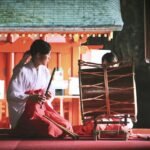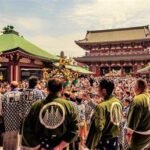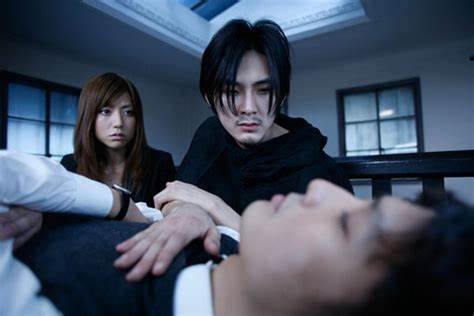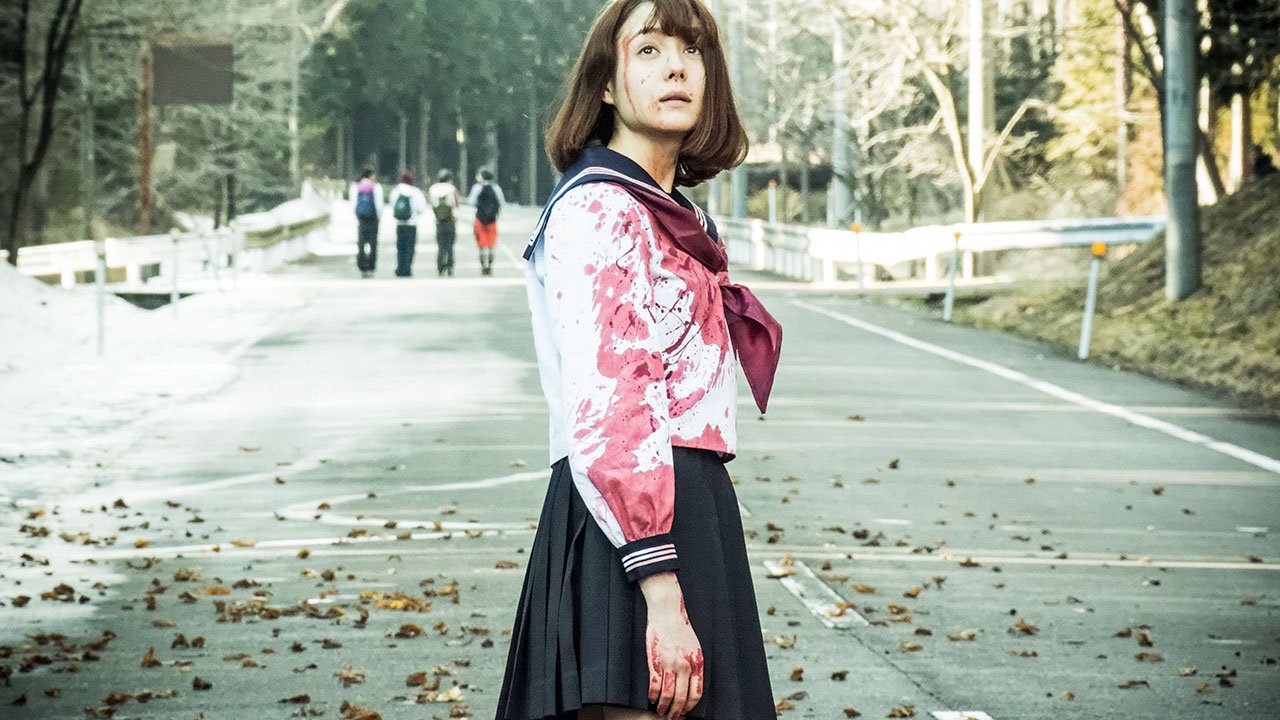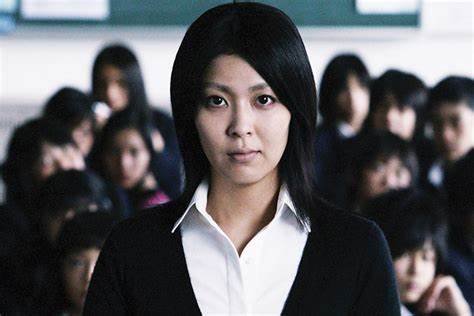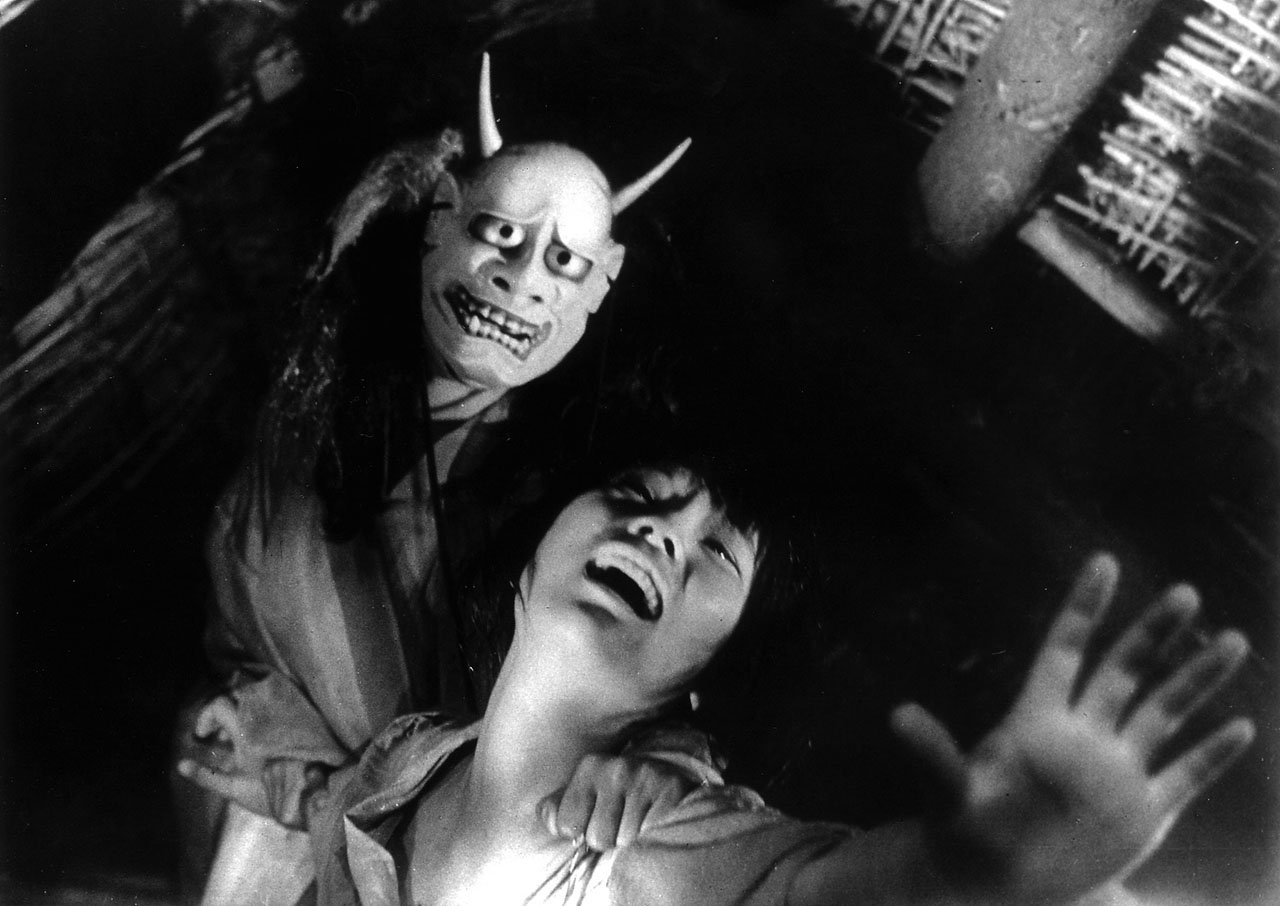Japanese horror films (J-horror) have earned a distinct place in the global cinematic landscape due to their unique storytelling, atmosphere, and psychological depth. While Western horror tends to focus on physical threats, jump scares, and gore, J-horror often relies on slow-building tension, psychological terror, and deep cultural themes. These differences make Japanese horror films stand out for their ability to evoke long-lasting fear.
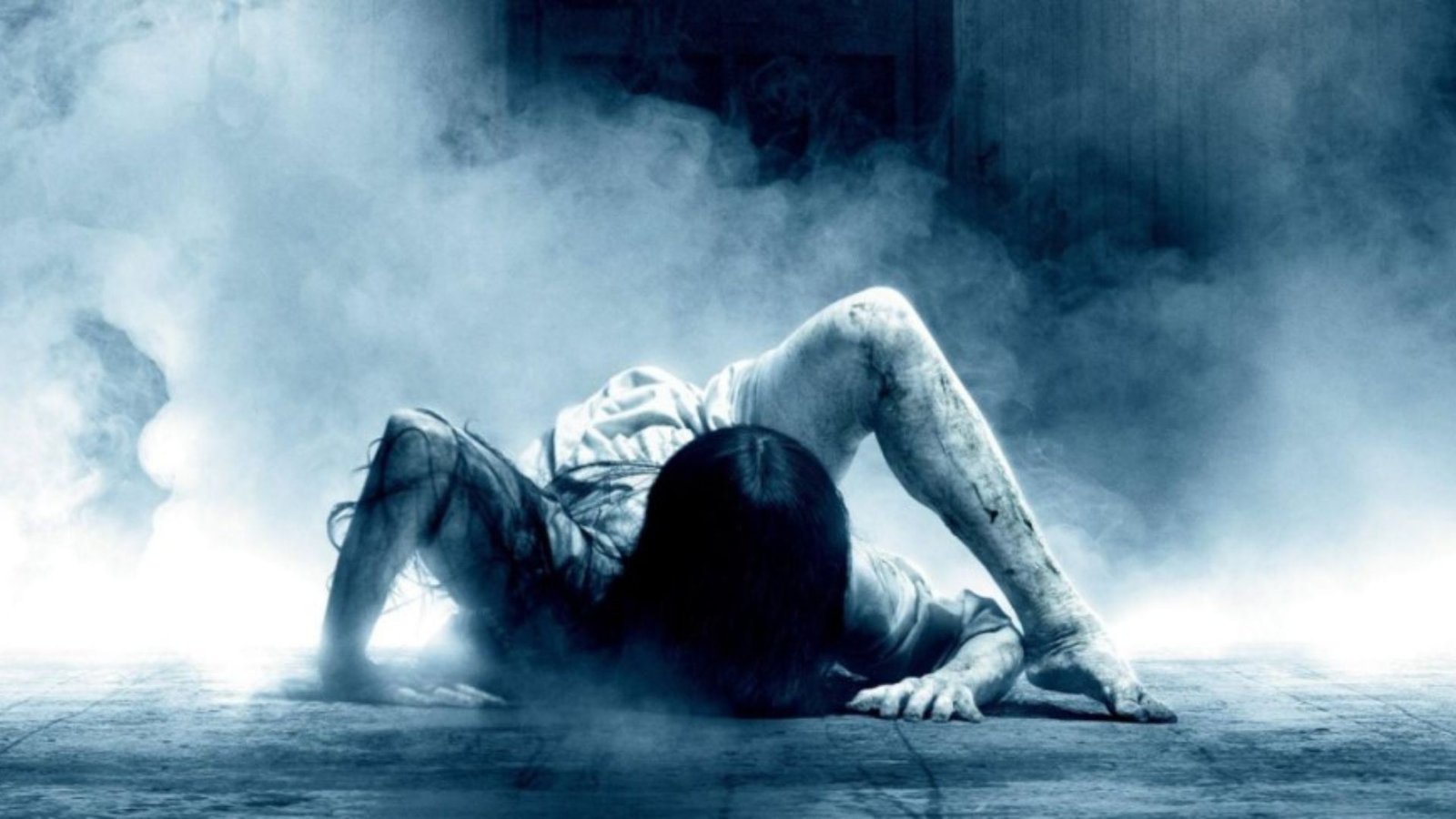
Psychological vs. Physical Horror
One of the most significant differences between Japanese and Western horror is the approach to fear. Western horror often focuses on physical danger, with threats that come from monsters, killers, or violent supernatural entities. Gore and action are often central to the plot, as seen in franchises like Halloween or Friday the 13th.
J-Horror Approach:
Japanese horror, on the other hand, tends to focus on psychological fear. Rather than external threats, the horror stems from internal struggles, trauma, or guilt. Films like Ringu (1998) and Ju-On: The Grudge (2002) build tension slowly, with the fear arising from what is unseen or unknown. The focus is on creating an eerie atmosphere that lingers, leaving audiences unsettled long after the movie ends.
Supernatural Themes and Cultural Influence
Both Japanese and Western horror often incorporate supernatural elements, but the nature of these elements is deeply influenced by cultural beliefs. In Western horror, supernatural entities like ghosts or demons are usually portrayed as malevolent forces that must be battled or exorcised.
Emphasis on Atmosphere and Mood
Western horror tends to rely on fast-paced action and high-intensity scares to shock the audience. The use of loud noises, quick cuts, and violent confrontations are common techniques to generate fear and excitement.
J-Horror’s Atmospheric Tension:
In contrast, Japanese horror emphasizes mood and atmosphere. The scares in J-horror films are often slow-burning, building dread gradually through silence, minimalistic soundtracks, and unsettling visuals. Films like Noroi: The Curse (2005) and Kairo (Pulse) (2001) use quiet, eerie settings to create a sense of foreboding, making the eventual reveal of the supernatural all the more terrifying.
Ambiguity vs. Resolution
Western horror films tend to provide clear resolutions by the end, where the evil force is either defeated or explained. Even in films that leave room for a sequel, there is usually a sense of closure. The characters confront the threat, and the audience is given answers.
Japanese Ambiguity:
Japanese horror often leaves more to the imagination. Many J-horror films end ambiguously, with unanswered questions and unresolved threats. This ambiguity enhances the psychological terror, as viewers are left to wonder about the true nature of the horror. In Ringu, even after the curse is discovered, the film ends with the knowledge that the threat continues. This lack of closure is a hallmark of J-horror, making the fear feel more existential and never-ending.
Subtlety vs. Gore
Western horror films frequently feature graphic violence and gore to shock the audience. The visual depiction of blood, guts, and bodily harm is often central to the horror experience, as seen in films like Saw or The Texas Chainsaw Massacre.
J-Horror’s Subtle Approach:
While Japanese horror films can be violent, they often prefer a subtler approach. The fear comes from what is implied rather than shown explicitly. Directors focus on building psychological tension rather than relying on shocking visuals. In Audition (1999), for example, the horror lies in the slow unraveling of the protagonist’s sanity rather than in explicit violence (though it does contain some graphic moments).
Themes of Guilt, Trauma, and Retribution
Western horror often centers around a clear villain or evil entity that the protagonists must overcome. The narrative is usually a straightforward battle between good and evil, with the heroes triumphing or falling to the antagonist’s violence.
J-Horror’s Complex Themes:
In Japanese horror, the characters’ personal guilt, trauma, or repressed emotions often play a central role in the horror. The supernatural forces are frequently metaphors for unresolved psychological issues. This exploration of deeper emotional and psychological issues adds complexity to J-horror that goes beyond surface-level scares.
Conclusion
The fundamental difference between Japanese and Western horror lies in their approach to fear. Western horror tends to focus on external threats, physical violence, and clear resolutions, while Japanese horror delves into psychological terror, cultural beliefs, and ambiguous endings. By focusing on atmosphere, subtlety, and emotional depth, Japanese horror films create a lasting sense of dread, making them a unique and influential force in the horror genre.


